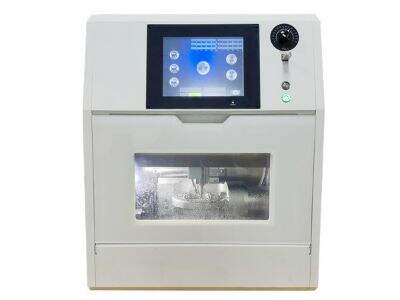Dentistry has plenty of tools to help dentists care for our teeth and mouths. One key tool is an intraoral scanner. Or have you ever had a dentist use a small device to take pictures of your teeth and gums? That device is most likely an intraoral scanner!
What is an Intraoral Scanner?
Intraoral scanners are specialized machines that record high-quality images of your mouth. These photographs allow dentists to visualize your teeth and gums. They can identify problems and plan repairs. The technology in these scanners is so advanced that they can be pretty pricey.
A) How do Intraoral Scanners Work?
When you see an intraoral scanner, you have sensors and high-precision engineering inside that help to extract clear images of your mouth. For those, the sensors need to be extremely precise in order for dentists to get the information they need about how to care for your teeth properly. And so the cost of these scanners increases due to their sophistication.

The Role of Software
The impression scans taken by intraoral scanners are also processed using a special set of software. This software allows dentists to view the images in 3D, measure and create digital models of your teeth. It takes a lot of money to make and use this software, which increases the cost for the scanners.
Why Are They So Expensive?
With advancements in tech, dentists want scanners capable of providing high definition imaging in a short time. That so many people want these high-quality tools drives up their prices.
Measures to Boost Research and Development
Intraoral scanner manufacturers have to invest time and resources in research and development in order to keep up with new technology. It allows them to create better scanners and new capabilities. But these scanners are expensive — even though the research that requires them costs money.
Finally, the price of intraoral scanners reflects their high level of sophistication. These devices use special tech, precision sensors, and smart software to make them essential tools for dentists to use in the care of our teeth and gums. So next time you sit in the dentist's chair and see an intraoral scanner, think of all the technology and work that makes that happen!

 EN
EN
 AR
AR NL
NL FR
FR DE
DE EL
EL HI
HI IT
IT PL
PL PT
PT RO
RO RU
RU ES
ES IW
IW ID
ID VI
VI TH
TH TR
TR FA
FA

